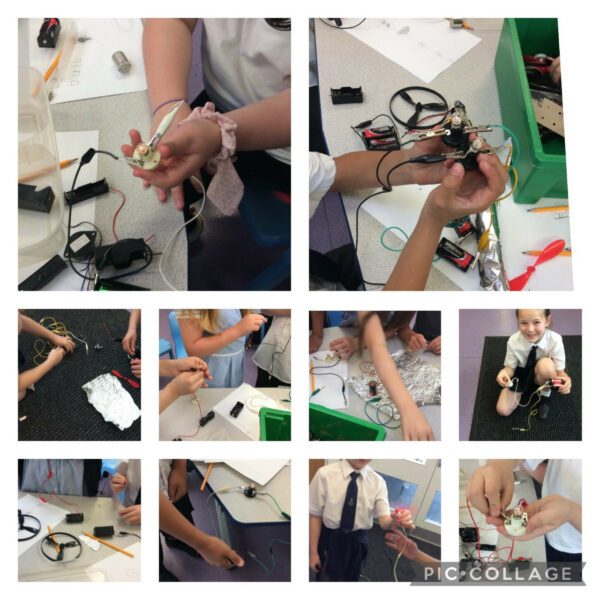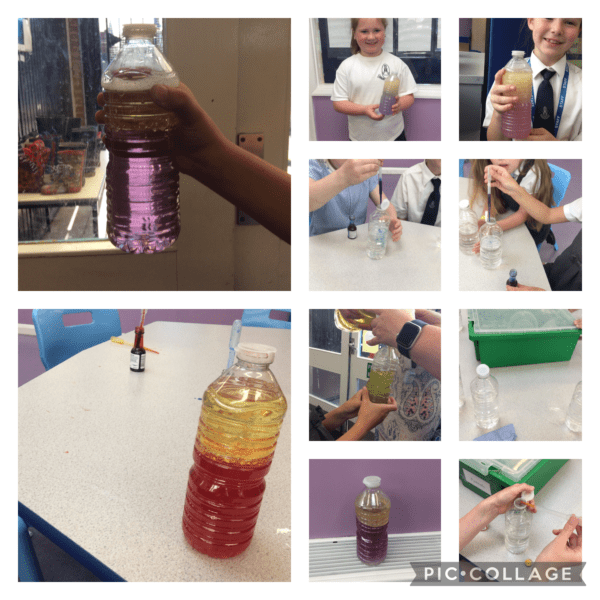Disco Fruit
This week we completed an investigation called disco fruit, we made predictions measured our solutions and prepared our equipment. For our method we added bicarbinate soda with warm water and stired until it dissolved. Then we added a handful of dried fruit and white vinegar, the fruit began to float to the top and sink as if they were dancing. We discovered that when the bicarbinate soda and white vinegar mix they create a gas, the gas bubble attaches to the fruit and it floats to the top, when it meets the cool air it pops and it sinks to the bottom, thus giving the impression of it floating.







